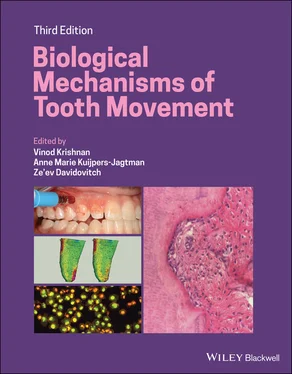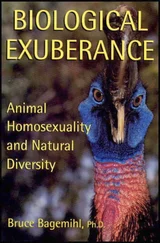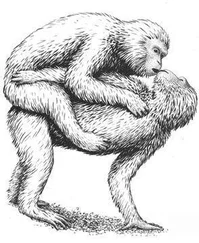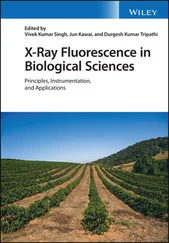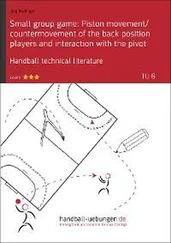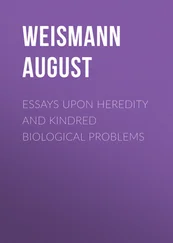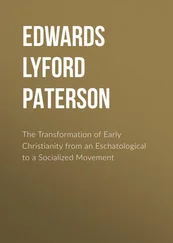1 Cover
2 Title Page
3 Copyright Page
4 Dedication Page
5 Contributors
6 Preface to the First Edition
7 Preface to the Second Edition
8 Preface to the Third Edition
9 PART 1: Evolution of Biological Concepts CHAPTER 1: Biological Basis of Orthodontic Tooth Movement: A Historical Perspective Introduction Orthodontic treatment in the ancient world, the Middle Ages, and through the Renaissance period: Mechanics, but few biological considerations Orthodontic treatment during the Industrial Revolution: Emergence of identification of biological factors Orthodontic tooth movement in the twentieth and twenty‐first centuries: From light microscopy to tissue engineering and stem cells Conclusions and the road ahead References CHAPTER 2: Biology of Orthodontic Tooth Movement: The Evolution of Hypotheses and Concepts Introduction Hypotheses about the biological nature of OTM: The conceptual evolution Bioelectric signals in orthodontic tooth movement Concluding remarks References
10 PART 2: Mechanics Meets Biology CHAPTER 3: Cellular and Molecular Biology of Orthodontic Tooth Movement Introduction Entities important for tooth movement – the players in the game Biomechanical characteristics of the PDL General regulatory mechanisms Effects of orthodontic force application Cell biological processes during relapse and retention Conclusions References CHAPTER 4: Inflammatory Response in the Periodontal Ligament and Dental Pulp During Orthodontic Tooth Movement Introduction Inflammation during tooth movement Inflammatory mediators in OTM Activation of inflammation, apoptosis, and cell cycles of PDL in OTM Response of the dental pulp to mechanical forces Pain during OTM Root resorption and inflammation Root resorption in the cementum Conclusions References CHAPTER 5: The Effects of Mechanical Loading on Hard and Soft Tissues and Cells Introduction Mechanobiology Mechanotransduction in bone tissue Mechanotransduction in periodontal tissues The role of marginal gingiva in orthodontic tooth movement Marginal gingiva is the mechanosensor of the periodontium ATP‐purinoreceptors are mechanosensors in marginal gingiva Conclusions Acknowledgement References CHAPTER 6: Biological Aspects of Bone Growth and Metabolism in Orthodontics Introduction Basic concepts of bone growth and development Genetic mechanisms for environment adaptation Factors influencing bone remodeling and modeling Cortical bone remodeling Trabecular bone remodeling Growth and development of facial bones Temporomandibular joint development and mature adaptation Tooth movement and bone modeling Dental facial orthopedics and bone modeling Calcium metabolism and tooth movement Conclusion Acknowledgement References CHAPTER 7: Mechanical Load, Sex Hormones, and Bone Modeling Introduction Osteoblast/osteocyte differentiation and function Osteocytes Osteoclast differentiation and function Sex hormones and their receptors Osteoblasts and osteocytes respond to load‐induced modeling Osteoclast response to load‐induced modeling Role of sex hormones for the osteogenic effect of loading Sex hormones and OTM Acknowledgements References CHAPTER 8: Biological Reactions to Temporary Anchorage Devices Introduction Clinical factors in the success of TADs Mechanical analysis using finite element models Histological reactions Conclusions References CHAPTER 9: Tissue Reaction to Orthodontic Force Systems. Are we in Control? Introduction Pressure–tension theory: Still valid? The influence of the material properties The influence of the morphology of the alveolar wall The influence of force level The influence of the interaction with occlusion Conclusions Where are we now? How should we continue? References
11 PART 3: Inflammation and Orthodontics CHAPTER 10: The Influence of Orthodontic Treatment on Oral Microbiology Introduction Changes in the oral microbiome with removable orthodontic appliances Changes in the oral microbiome with fixed orthodontic appliances Effects of different orthodontic bracket types on oral microbiome Changes in the oral microbiome with orthodontic retainers Importance of oral hygiene Impacted teeth, mini‐implants, orthognathic surgery and changes in oral microbiota Conclusions References CHAPTER 11: Markers of Paradental Tissue Remodeling in the Gingival Crevicular Fluid and Saliva of Orthodontic Patients Why study oral fluids? What is known about markers in oral fluids during orthodontic tooth movement? What is needed for improved diagnostic trials of markers in oral fluids during orthodontic treatment? Variables associated with the collection and analysis of GCF The future Conclusions References
12 PART 4: Personalized Diagnosis and Treatment CHAPTER 12: Genetic Influences on Orthodontic Tooth Movement Introduction Tissue reactions to application of mechanical forces Reaction of the pulp tissues Genetic influences and translational applications Complications of OTM and its genetic implications Conclusions References CHAPTER 13: Precision Orthodontics: Limitations and Possibilities in Practice Introduction Progression in DNA analysis technology and its impact on clinical research and practice Precision oral healthcare From personalized to precision orthodontics Support of next generation sequencing, other genetic studies, and the utility of their application in orthodontics Education Conclusion References CHAPTER 14: The Effect of Drugs, Hormones, and Diet on Orthodontic Tooth Movement Introduction Prostaglandins and analogues Nonsteroidal anti‐inflammatory drugs Antiresorptive agents Asthma medications Corticosteroids Antihistamines Statins: cholesterol‐lowering drugs Drugs inducing gingival enlargement Anticholinergic drugs Psychiatric drugs Hormonal influences on tooth movement Effects of vitamins, minerals, and diet on tooth movement Vitamins Minerals Fluoride Lipids Substance abuse and OTM Conclusions References
13 PART 5: Rapid Orthodontics CHAPTER 15: Biological Orthodontics: Methods to Accelerate or Decelerate Orthodontic Tooth Movement Introduction Early attempts to accelerate tooth movement Accelerating tooth movement: pharmacological approaches Accelerating tooth movement: physical stimuli Surgical approaches Methods to decelerate tooth movement Conclusions References CHAPTER 16: Surgically Assisted Tooth Movement: Biological Application Introduction Surgically assisted tooth movement Biological principles and biomechanical considerations Historical background A different perspective: six rules for effective alveolar corticotomy Clinical examples Conclusions References CHAPTER 17: Precision Accelerated Orthodontics: How Micro‐osteoperforations and Vibration Trigger Inflammation to Optimize Tooth Movement Introduction Sculpting biphasic theory from the bedrock of data Saturation of the biological response: more does not mean faster MOPs: hyperlocalized inflammation for safe, minimally invasive accelerated tooth movement Good vibrations: catabolic response during OTM Conclusion References
14 PART 6: Long‐term Effects of Tooth‐moving Forces CHAPTER 18: Mechanical and Biological Determinants of Iatrogenic Injuries in Orthodontics Introduction Intraoral iatrogenic effects Gingival effects Periodontal changes and alveolar bone loss Tooth‐related changes Soft tissue irritation Cytotoxicity and allergic reactions Extraoral iatrogenic effects Systemic risks Swallowing or inhalation of small parts Conclusions References CHAPTER 19: The Biological Background of Relapse of Orthodontic Tooth Movement Introduction Relapse, physiologic recovery, or aging? The process of relapse Collagen fibers of the periodontium and relapse Oxytalan fibers Conclusions References
15 PART 7: Tooth‐movement Research CHAPTER 20: Planning and Executing Tooth‐movement Research Introduction The scientific method Evidence generation Methodologies for tooth‐movement research Studying mechanobiology Conclusions References CHAPTER 21: Controversies and Research Directions in Tooth‐movement Research Introduction The optimal orthodontic force concept Is tooth movement inflammatory or a mechanotransduction process? How far are biomarkers useful in validating OTM? Can we accelerate tooth movement by any means? Alveolar bone density and shape of the alveolar wall Gingival recession Periodontal health Conclusions References
Читать дальше
